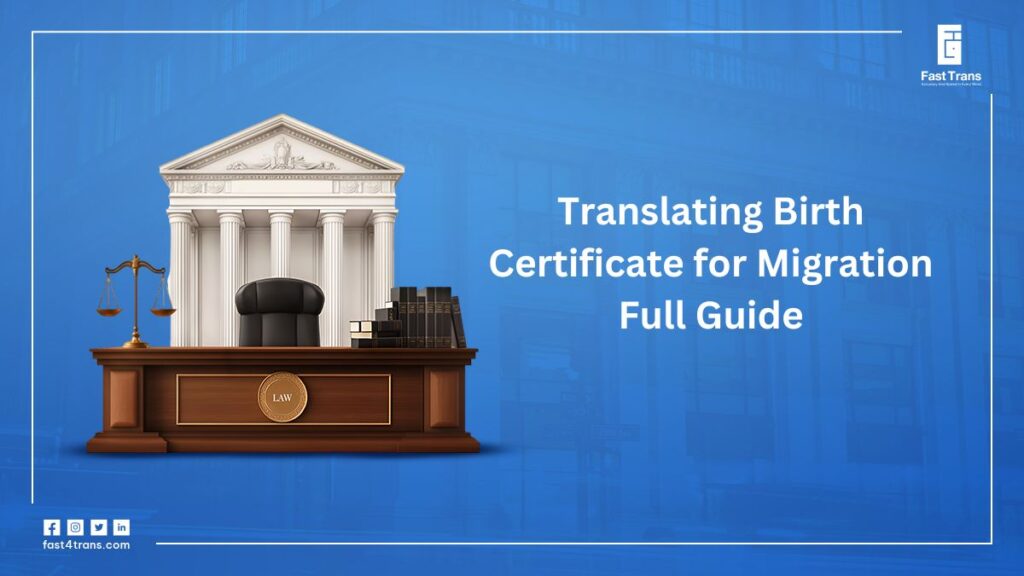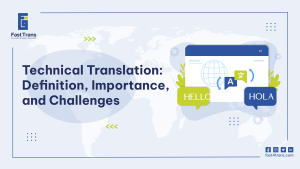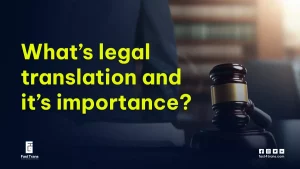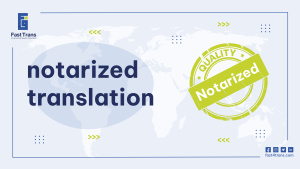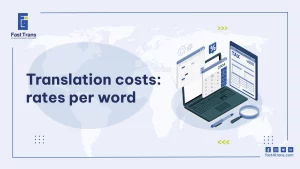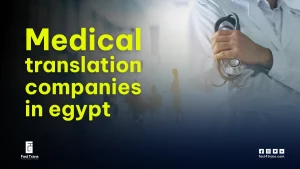When planning to migrate, every document you submit plays a crucial role in the success of your application, and your birth certificate is no exception. Translating this document accurately is essential because immigration authorities, schools, or government offices may not accept documents in a language other than the official language of the country you are moving to.
Common scenarios that require birth certificate translation include visa applications, permanent residency or citizenship requests, school or university enrollment, and even employment verification. In each case, an incorrect or incomplete translation can cause delays, rejections, or even legal complications.
Why Birth Certificate Translation Matters
Birth certificate translation is not merely a convenience; it is often a legal requirement for migration. Immigration authorities and other official institutions need documents in a language they can verify and process. An accurate translation ensures that all personal information, such as names, dates, and places, is correctly understood, leaving no room for misinterpretation.
Submitting an incorrect, incomplete, or poorly translated birth certificate can have serious consequences. Applications may be delayed, rejected, or flagged for further verification, which can extend the migration process by weeks or even months. In some cases, repeated errors may negatively impact eligibility for visas or citizenship.
This is why certified or sworn translators play a vital role. These professionals are authorized to provide translations that are legally recognized and accepted by government authorities. Their expertise ensures that every detail of the birth certificate is accurately conveyed, protecting applicants from unnecessary delays or legal complications.
Steps to Translate Your Birth Certificate
Translating your birth certificate is a critical step in many immigration, education, and legal processes. This essential document requires precise translation and proper certification to ensure acceptance by authorities worldwide.
1. Obtain a Copy of Your Original Birth Certificate
Before translation, make sure you have a clear and certified copy of your birth certificate. Authorities often require an official copy rather than a personal copy.
2. Choose a Professional Translation Service
Select a certified or sworn translator with experience in translating legal documents. Avoid online machine translations for official purposes, as they may not be accepted.
3. Ensure Accurate Translation of All Information
Double-check that all personal details, names, dates, places of birth, and other relevant information are translated correctly. Even minor errors can cause delays or rejections.
4. Notarization or Certification (If Required)
Some countries require the translated document to be notarized or certified to verify its authenticity. Confirm the specific requirements with the immigration authorities or your translation service.
Common Challenges For Birth Certificate Translation
Document translation presents unique obstacles that can compromise accuracy and acceptance.
1. Dealing with Non-Standard Formats or Language Scripts
Many official documents use archaic fonts, complex scripts, or regional dialects that confuse inexperienced translators. Choose translators experienced with your document’s country of origin who can handle various scripts and formatting while maintaining the original structure.
2. Translating Unusual Names or Titles
Personal names, places, and official titles often lack direct translations and require careful transliteration. Work with translators who understand naming conventions in both languages and can ensure consistency with any existing official records.
3. Ensuring Legal Terminology is Correct
Legal terminology varies between countries and must be precisely translated to maintain validity. Select translators with legal document expertise who understand jurisdiction-specific requirements and equivalent legal concepts in the target language.
4. Tips for Double-Checking Translations
Request verification of all names, dates, places, and terminology against the original document. Ask for explanations of translation choices and consider having critical documents reviewed by a second qualified translator for additional accuracy assurance.
Tips for a Smooth Migration Process
Ensuring a smooth migration process requires careful preparation and organization of all your documents, including your birth certificate and its translation.
1. Keep Both Original and Translated Copies Organized
Store your original birth certificate and all translated copies in a safe, easily accessible place. Organizing your documents ensures you can quickly provide them when requested, avoiding unnecessary delays.
2. Verify Translation Requirements with Immigration Authorities
Each country may have specific rules regarding certified translations, notarization, or document formats. Confirm the requirements with the relevant immigration office before submitting your application to ensure compliance.
3. Avoid Last-Minute Translation
Translating your documents at the last minute can lead to errors, rushed work, or delays in certification. Plan and allow ample time for professional translation, review, and any necessary notarization.
Birth Certificate Translation for USCIS
When applying for immigration benefits through the United States Citizenship and Immigration Services (USCIS), submitting a translated birth certificate is often a critical requirement. Key Points to Keep in Mind:
1. Certified Translation is Mandatory
USCIS only accepts translations that are certified. The translator must provide a signed statement affirming that the translation is complete and accurate, and that they are competent to translate the document.
2. Accuracy is Crucial
All personal information, names, dates, places of birth, and other details must be translated exactly as they appear in the original document. Even small errors can cause delays or requests for clarification.
3. Original Documents Should be Submitted if Requested
While USCIS primarily reviews the translated copy, they may request the original document for verification. Keep your original birth certificate accessible in case it is needed.
4. Avoid Machine Translations
Automated or non-certified translations are not accepted by USCIS. Always use a professional translator familiar with legal document standards.
5. Include the Translator’s Certification
When submitting a translated birth certificate to USCIS, it is essential to include the translator’s certification. This certification must contain a statement affirming that the translation is complete and accurate, the translator’s full name and signature, as well as their contact information and the date of certification.
Read Also: Apostille vs. Notarization – Full Guide
Professional Birth Certificate Translation for Migration Services by Fast Trans
Fast Trans offers expert birth certificate translation services tailored for migration and immigration purposes. We specialize in providing accurate, certified translations that meet the strict requirements of government authorities, including USCIS and other international immigration offices.
Our professional translators ensure that every detail, from names and dates to places of birth, is precisely and reliably translated. In addition, we provide notarization or certification when required, giving you peace of mind that your documents will be accepted without delays.
With Fast Trans, you can streamline your migration process and avoid common pitfalls caused by incomplete or incorrect translations.
Contact us via our official website
What Our Customers Say
Since the translation project is theirs, we encourage the clients to discuss every stage of the process.
You can check our clients’ comments for yourself at Google Reviews.
Conclusion
Translating your birth certificate is a crucial step in any migration or immigration process. Accurate, certified translations ensure that personal information is correctly understood by authorities, preventing delays, rejections, or legal complications.
Professional services, such as those offered by Fast Trans, provide precise, certified translations that meet all legal requirements, including USCIS standards.
With organized documents, verified translations, and proper certification, you can confidently navigate the migration process with minimal stress and maximum efficiency.

